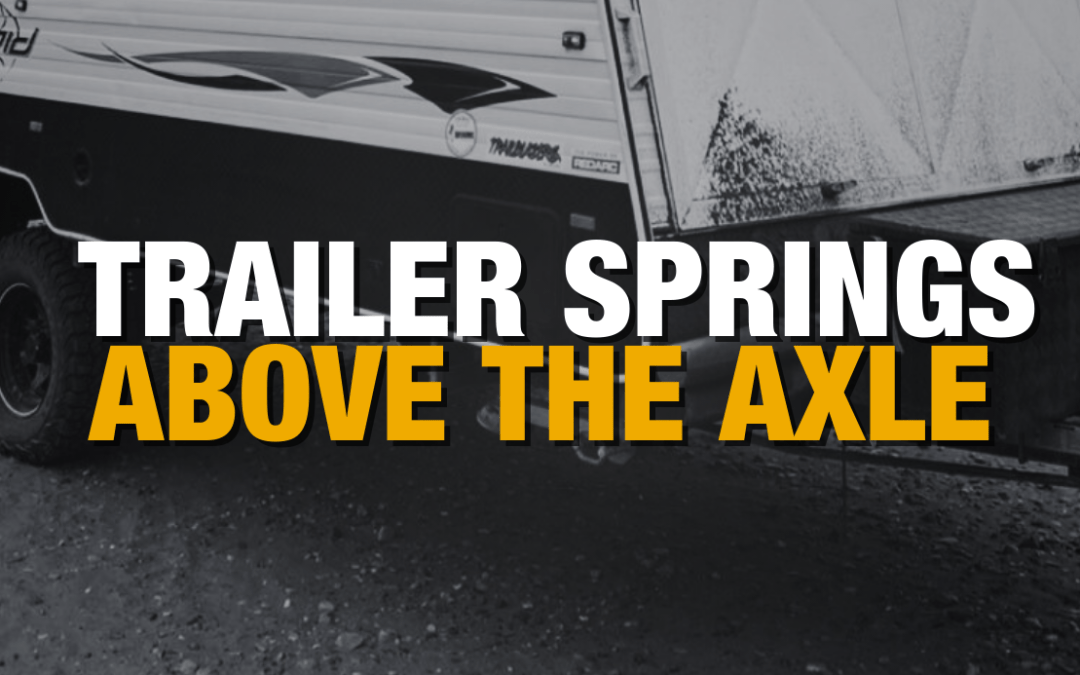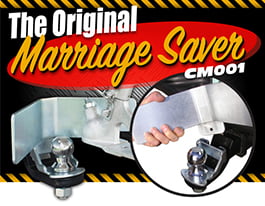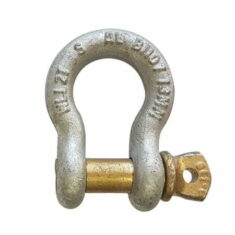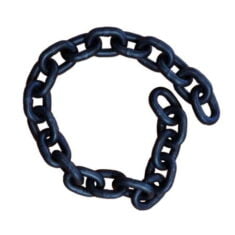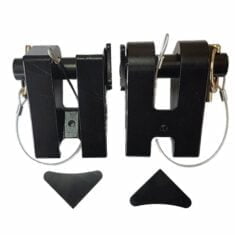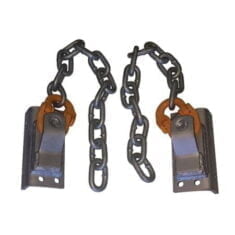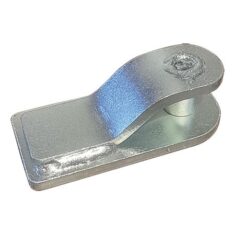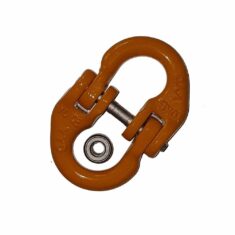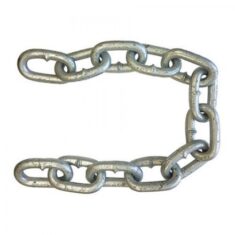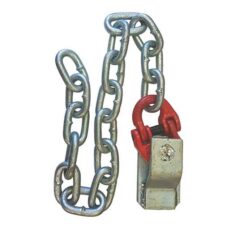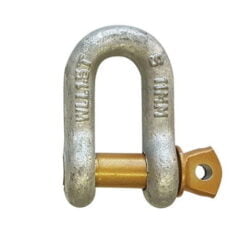Safety Chains, Hammerlocks and Dee Shackles
Caravan safety chain kits are a vital component of safe towing practices. These kits consist of chains that attach the caravan to the tow vehicle, providing a backup safety mechanism in case the coupling fails or becomes detached while on the road.
The use of caravan safety chain kits is required by law in many countries, including Australia and the United States. This requirement is in place because the consequences of a caravan becoming detached from a tow vehicle can be catastrophic. In addition to the risk of injury or death to occupants of the caravan, an uncontrolled caravan can cause damage to other vehicles, property, and infrastructure.
Choosing the Right Caravan Safety Chain Kit
Choosing the right caravan safety chain kit is important. It is essential to select a kit that is rated for the weight of the caravan being towed. In addition, the chains should be attached in a way that takes into account the dynamics of the towing process. For example, the chains should be long enough to allow for turning but not so long that they drag on the ground. Additionally, the chains should be crossed over or looped around the hitch, so they do not create a straight-line pull if the coupling fails.
Maintaining and inspecting caravan safety chain kits is also essential. The chains should be regularly checked for signs of wear or damage, and any issues should be addressed immediately. This can include replacing the chains or the entire kit if necessary.
Safe Towing
In conclusion, caravan safety chain kits are a critical component of safe towing practices. They provide a backup safety mechanism in case the coupling fails or becomes detached while on the road. It is important to choose the right kit, attach it correctly, and maintain and inspect it regularly to ensure it is functioning properly. By following these guidelines, we can all do our part to make the roads safer for everyone.
Trailers under 3.5t require rated safety chains and dee shackles.
Dee shackles must be stamped with a maximum rated capacity to prove compatibility with the safety chain.
Trailers, caravans and other towing vehicles used on a public road must comply with Safety Chain regulations.
Many trailer parts suppliers prefer to carry rated dee shackles rather than sell the older galvanised dee shackle.
Stamped Galvanised Chain
Every four links of the chain up to 3.5t must is stamped.
Older trailers pre-2009 need not comply with this requirement.
Chain not stamped
There is no requirement to stamp the Herc Alloy chain. Only chains under 3.5t must be stamped every four links for road use.
Verticle Chain
The chain must not be welded vertically to the trailer chassis so that the chain will hit the ground when dropped.
Read this article for a better understanding.
Joining Multiple Dee Shackles
Dee shackles are not permitted to be joined together to lengthen the chain, nor are multiple Dee Shackles allowed per chain.
However, cutting the first link near the weld and joining the two loops with a hammerlock is permissible.
Herc Alloy Chain
Trailers over 3.5t use high tensile pins to hold the Herc Alloy safety chain.
Fit safety chain holders to the drawbar and tow bar via an approved safety chain holder.
A Dee Shackle is not permitted as a safety chain connection method for trailers over 3.5t.
Furthermore, hammerlocks join the Herc Alloy chain to safety chain holders, provided the safety chain holder contains a high tensile pin.
Finally, call our expert staff to help understand the safety chain solutions above.
